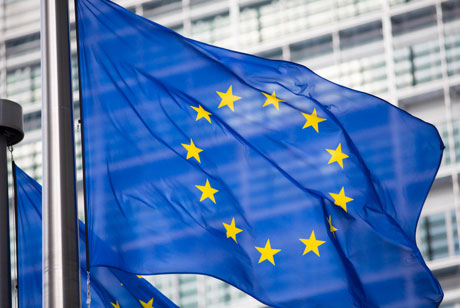ETIAS Italy Requirements
Entry requirements for Italy
Italy is a European Union member and a Schengen member country. Travel requirements to enter Italy for short-term stays differ depending on a person’s nationality.
In 2026, travellers from visa-exempt countries will need to have a valid ETIAS visa waiver to enter Italy and other Schengen member countries for short stays. Citizens of several non-EU countries must get a Schengen visa for tourism and business purposes to enter Italy for short periods.
General entry requirements for Italy include:
- A valid passport with a minimum validity of 3 months from the expected date of departure from Italy
- Demonstrate to have sufficient financial means to support the stay in the country
- To not appear on the “non-admission” list of the EU
- International medical insurance
- Accommodation or an invitation letter
- A round trip ticket
Nationalities that need an ETIAS to travel Italy
All third-country nationals who enjoy visa-free travel to Europe will have to get an ETIAS authorisation to enter Italy and other ETIAS-Schengen states from outside the Schengen area.
ETIAS is not a visa but will be a mandatory requirement to visit Italy and the rest of the EU once it is fully implemented.
Citizens from non-visa-exempt countries must apply for a Schengen visa for Italy and Europe at an embassy or consulate and provide additional documentation to demonstrate the purpose of their trip.
Find below the complete list of eligible ETIAS nationalities:
- Albania
- Andorra
- Antigua and Barbuda
- Argentina
- Australia
- Bahamas
- Barbados
- Bosnia and Herzegovina
- Brazil
- Brunei
- Canada
- Chile
- Colombia
- Costa Rica
- Dominica
- El Salvador
- Georgia
- Grenada
- Guatemala
- Honduras
- Hong Kong
- Israel
- Japan
- Kiribati
- Kosovo
- Macau
- Malaysia
- Marshall Islands
- Mauritius
- Mexico
- Micronesia
- Moldova
- Montenegro
- New Zealand
- Nicaragua
- North Macedonia
- Palau
- Panama
- Paraguay
- Peru
- S. Kitts and Nevis
- Saint Lucia
- S. V. and the Grenadines
- Samoa
- Serbia
- Seychelles
- Singapore
- Solomon Islands
- South Korea
- Taiwan
- Timor Leste
- Tonga
- Trinidad and Tobago
- Tuvalu
- Ukraine
- United Arab Emirates
- United Kingdom
- United States
- Uruguay
- Vanuatu
- Venezuela
ETIAS Italy requirements
Citizens from visa-exempt countries must meet the following ETIAS Italy requirements to visit the country:
Once approved, the ETIAS Italy visa waiver will be valid for 3 consecutive years and will grant its holder stays of up to 90 days within a 180-day in the Schengen area. If the passport expires before the ETIAS visa waiver, it will be necessary to complete a new ETIAS application with a renewed passport.
Personal information
When completing the ETIAS Italy application form, it is required that applicants provide their personal details and passport information.
Among the info necessary to obtain the ETIAS visa waiver, the applicant will have to provide the following:

- Full name
- Date and place of birth
- Address
- Gender
- Nationality
- Passport number
- Passport issuing and expiration date
Applicants must enter information about their employment or education. Children under 18 are also required to have an ETIAS visa waiver upon arrival in Italy. Parents or guardians can complete the ETIAS Italy application on their child’s behalf.
Criminal record and previous travel information
An essential part of the ETIAS Italy application is that all applicants are required to answer a series of security questions. These background questions are related to criminal records and travel history including previous refusals of entry or a previous order to leave the territory of a member state.
Some questions are designed to know whether a person has been to conflict zones in recent years. A traveller cannot leave these questions unanswered.
The ETIAS system will be connected to several security databases designed to identify fraud. Lying in the ETIAS application could have serious consequences.

ETIAS fees and payments
To get an ETIAS for Italy all applicants are required to pay a processing fee. The fee contributes to covering the maintenance of the system and other expenses related to its implementation.
Applicants can pay for the ETIAS fee with a debit or credit card. Without payment, travellers will not be able to submit their applications. The system is expected to accept most major credit and debit card companies.
Once the ETIAS fee has been covered by the applicant, the system will process the application. The traveller should receive a response shortly after submitting their ETIAS application. It is essential to provide a valid email address as this is the medium that will be used to communicate the status of an ETIAS application for Italy.



